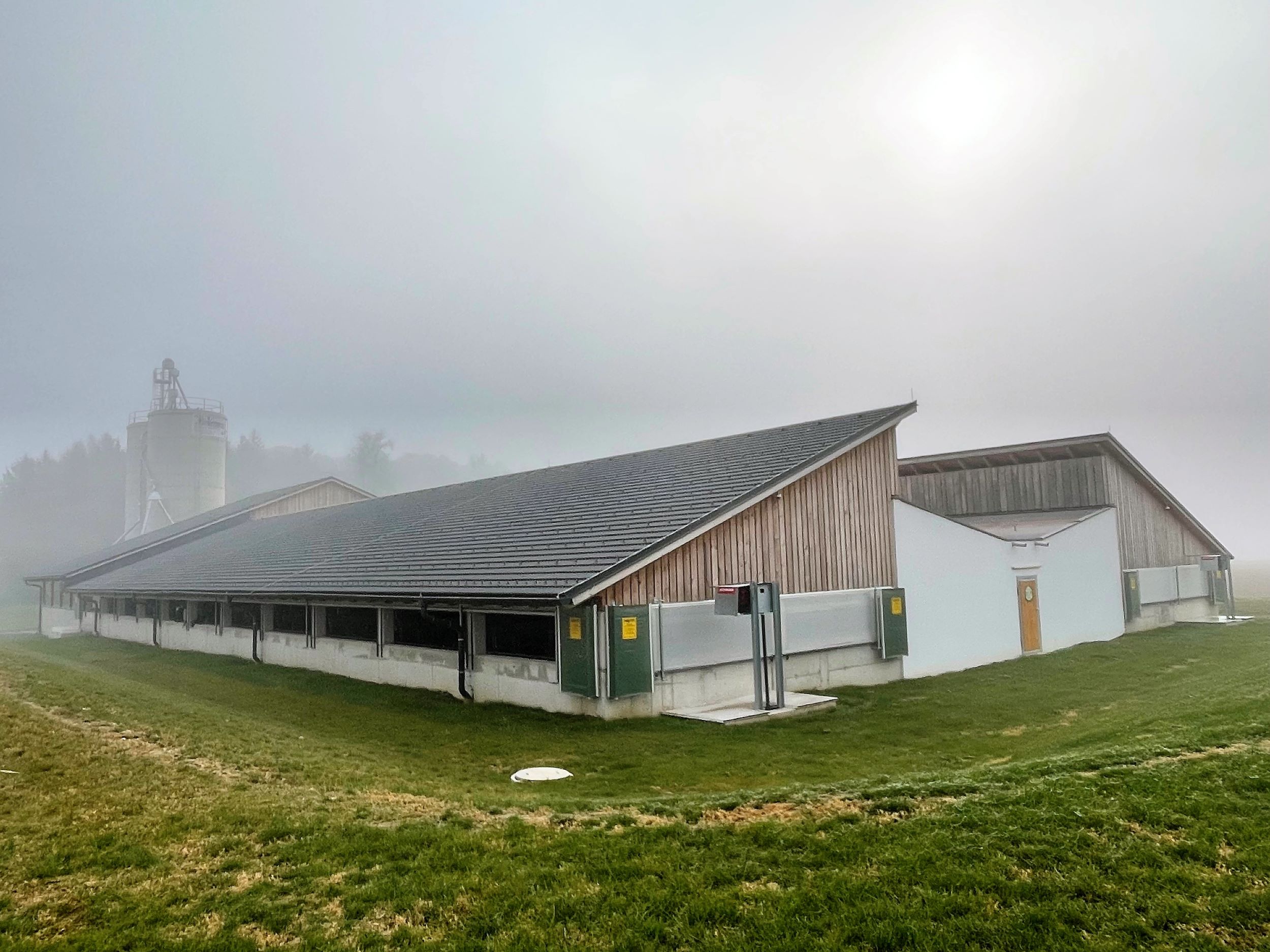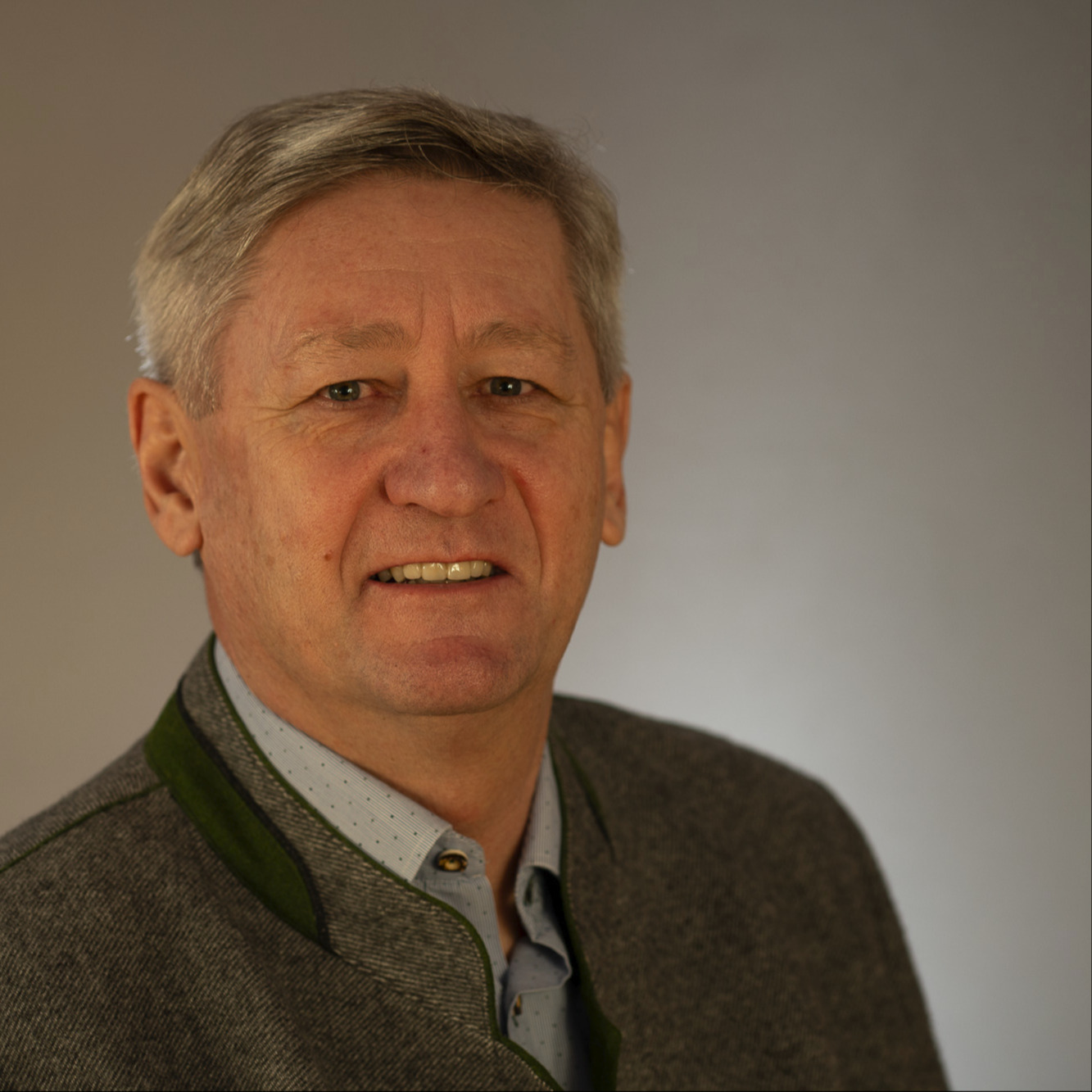The first promising results from the EIP-AGRI project SaLu_T were recently published in an international scientific journal. You can find the publication in the journal atmosphere under the title “ Assessment of Odor and Ammonia Impacts for a Novel Fattening Piggery Tailored for Animal Welfare and Low Emission Rates
Under the leadership of Dietmar Öttl (Office of the Styria State Government, Department 15) and the collaboration of colleagues from the HBLFA Raumberg-Gumpenstein, the first promising results from the EIP-AGRI project “Clean air in animal production: emission reduction and animal welfare in pig fattening" (SaLu_T) was published in a renowned journal. Assessment of Odor an Ammonia Impacts for a Novel Fattening Piggery Tailored for Animal Welfare and Low Emission Rates , published in Atmosphere 2023, 14.75, presents the extremely positive results on the odor and ammonia emissions of the animal welfare stable system examined.
The resulting odor emission factor is around 8 GE/GVE/s (odor units per livestock unit per second) and is therefore almost 95% lower than the basic factor of 140 GE/GVE/s for fattening pigs in report no. Lu-01-2021 ( Odor emissions from animal husbandry, ABT 15 - air pollution control). For ammonia, an average emission factor of 0.73 kg/TP/a (kilograms per animal place per year) was determined. According to current studies, compared to the base factor of VDI 3894-1 of 3.64 kg/TP/a, the factor is around 80% lower. In this context, reference is also made to the report ( https://www.umwelt.steiermark.at/cms/teil/12889493/19222537/ ) from the Stmk Office. State government that summarizes the key findings on the SaLu_T project with regard to ammonia and odor.












